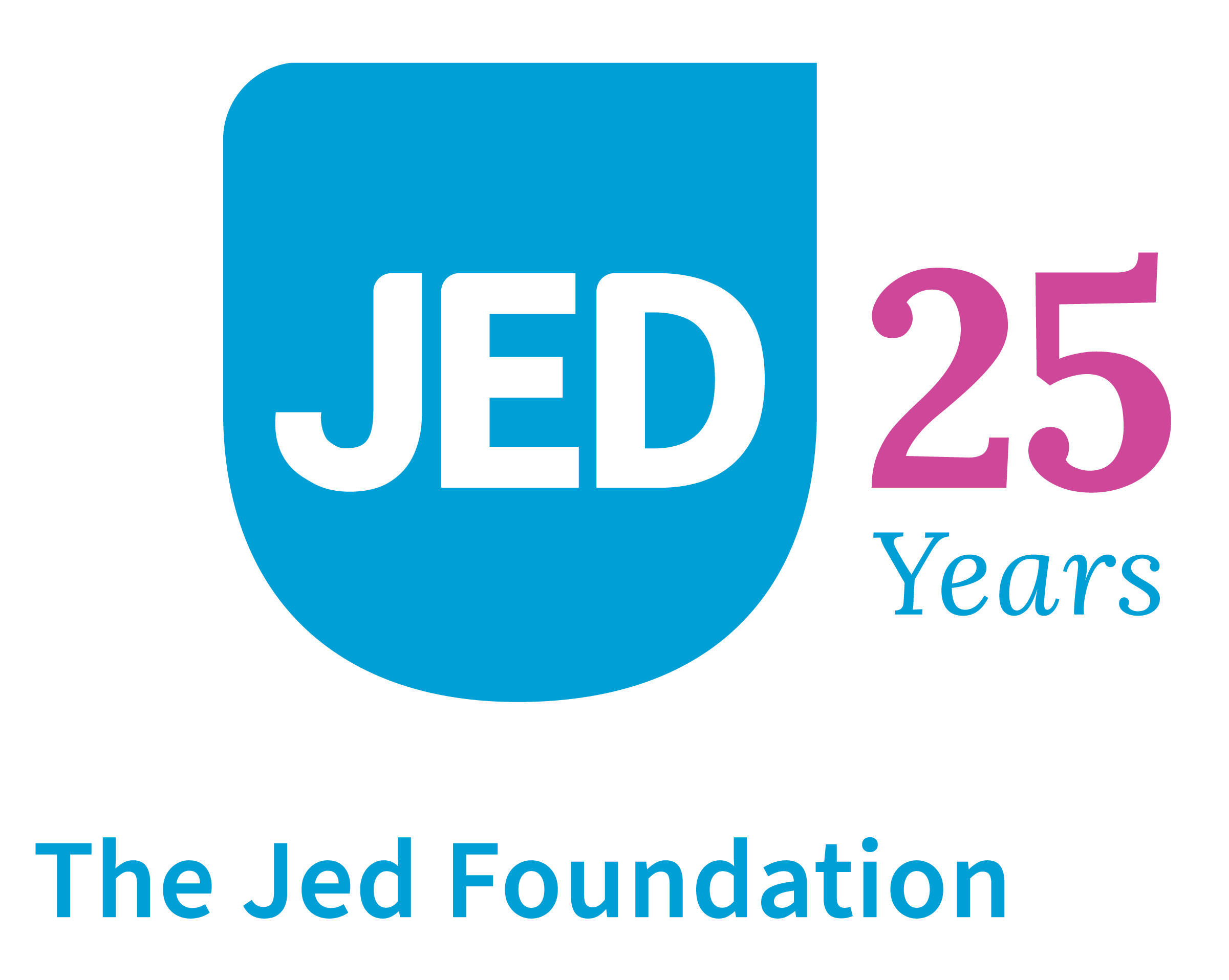Young adults between the ages of 18 and 24 are the most likely to misuse drugs, and 90% of adults with a substance use disorder started using before adulthood. This October, The Jed Foundation (JED) honors Substance Abuse Prevention Month by advocating for greater understanding about the link between youth substance misuse and mental health. In particular, substance misuse can increase the risk of suicide–which is the second-leading cause of death for Americans between the ages of 10 and 34.
What is Substance Abuse/Misuse, and How Does It Affect Youth?
Substance abuse refers to the use of substances, including alcohol, prescription medications, and drugs, in an improper or unhealthy manner. However, experts have started to move away from this term because of the shame it can perpetuate, and instead prefer to use substance misuse or the diagnostic term: substance use disorder (SUD). Regardless of the name, substance misuse has become increasingly common in the United States: Drug overdose deaths have tripled since 1990; among high school students, 15% report using illicit drugs and 14% report misusing prescription opioids as of 2022. Alcohol consumption has also become a source of concern, as more than 90% of all alcoholic beverages consumed by youth are used when binge-drinking.
Unfortunately, even as the number of young adults with substance use disorders rises, few receive treatment. In 2018, 9 in 10 of the 5.1 million young adults living with substance use disorders went untreated.
Substance misuse can be especially harmful to young people. Teenage brains are not yet fully developed, so the effects from drugs of abuse are magnified, leading teens to become dependent more quickly than adults. This, coupled with the fact that many young people turn to alcohol and drug use to cope with intense emotions that they are not yet otherwise equipped to manage, makes them more susceptible to developing substance use disorders. Even though substance misuse may seem like an “adult” problem, it poses a unique threat to younger populations. Today, that threat is growing at an alarming rate.
Mental Health Issues Exacerbate Substance Misuse
There are any number of reasons that a teenager or young adult may turn to drugs of abuse, but one of the most common relates to mental health. If left untreated, almost half of all teenagers with mental health issues will develop a substance use disorder, as teens with intense negative emotions may turn to drugs and alcohol to numb that pain or fear. Additionally, substance use can make teens who are already struggling with their mental health more prone to suicidal behavior.
To best address substance misuse in young adults, it must be treated at the root: mental health. One study found that two-thirds of adolescents who develop substance use disorders also experienced at least one mental health problem. That’s why substance misuse services are one of the pillars of JED’s Comprehensive Approach to Mental Health Promotion and Suicide Prevention for Colleges and Universities. Substance use is a risk factor for suicide, particularly in teenagers with depression. Ignoring the role of substance misuse in mental health means ignoring a key element in suicide prevention.
Of course, mental health is not the only avenue of treatment. Substance dependency is both physical and mental, and requires a more concentrated effort in many areas of a person’s life. But by increasing the quality and availability of mental health care, it may be possible to forge a future where struggling young people don’t feel the need to turn to substance misuse as a coping mechanism.
There’s Still More to Be Done
Improving access to mental health care is just one pillar of substance use disorder care, but despite the array of effective treatments, only 10% of people struggling with SUD receive treatment. The most cited barriers to care are lack of insurance coverage and cost of treatment, but there are also government restrictions around who can access care (particularly opioid treatment) and how long patients can use medication-assisted treatment (MAT).
Regardless of insurance coverage and financial status, all treatment options should be made available to anyone seeking support. Evidence-based treatments such as broad-based screening, peer support, and MAT are proven effective, and can better prevent relapses in the future. Another key aspect of support requires everyone to address the stigma surrounding substance misuse. Much of the current language for substance use disorder places fault and shame on the victim, making it harder for people to reach out. Even more worrisome is the fact that this stigma may affect how physicians act toward people with substance use disorders. It is vital to approach substance misuse with sympathy and understanding.
It is important that teenagers and young adults know they do not have to battle substance use disorder alone. Therefore, it’s important that those around them develop a deeper understanding of substance misuse. Taking the time to learn about the warning signs, causes, and treatments of substance misuse can make all the difference. Opening lines of communication is an essential first step. We hope that these JED resources can help young people and their loved ones connect and determine effective next steps toward protecting their health, while encouraging experts in education, health care, and government to further work to support young adults with substance use disorders.






